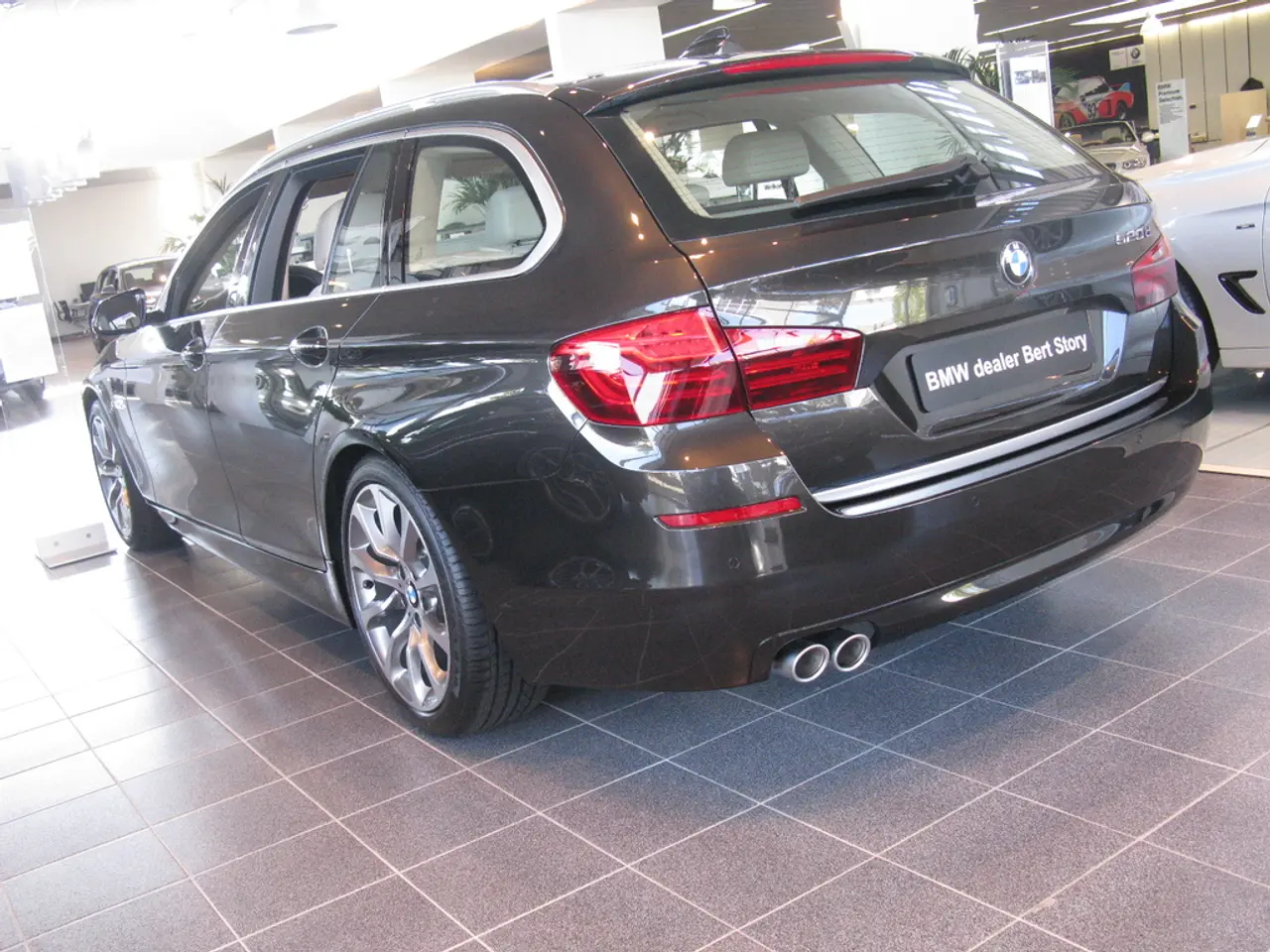Does the driving range of your electric vehicle align with its advertised claims?
In a recent independent testing conducted by the Australian Automobile Association (AAA) in 2025, it was found that the real-world driving ranges for electric vehicles (EVs) in Australia generally fall short of the official manufacturer claims by 5% to 23%.
The AAA’s Real-World Testing Program tested five popular EV models under realistic Australian driving conditions, including urban, rural, and motorway segments, on a 93 km loop near Geelong, Victoria. The methodology involved repeating the test loop and measuring energy consumption and battery recharge requirements to ensure fairness and repeatability.
Key findings from the testing are as follows:
| EV Model | Manufacturer Claimed Range | Real-World Range | Difference | |----------------|----------------------------|------------------|---------------| | Smart #3 | 455 km | 432 km | -5% | | Kia EV6 | 528 km | 484 km | -8% | | Tesla Model Y | 533 km | 490 km | -8% | | Tesla Model 3 | 513 km | 441 km | -14% | | BYD Atto 3 | 480 km | 369 km | -23% |
The BYD Atto 3 had the largest shortfall, with a real-world range 23% lower than claimed (111 km or 69 miles less). Tesla’s Model 3 was 14% below its official range, while the Model Y and Kia EV6 were both around 8% below official estimates. The Smart #3 came closest to its claimed range, only 5% less than the manufacturer’s laboratory figure.
This information helps Australian EV buyers set realistic expectations regarding electric range and informs decisions when considering EV ownership. The findings indicate that manufacturer range claims tend to be optimistic compared to real-world performance in typical Australian conditions, partly because lab tests use standardized and idealized procedures that don’t reflect all practical variables like climate, road types, and driving behavior.
In terms of the furthest driving range, the Tesla Model Y had the furthest real-world result of 490km compared to its claim of 533km (WLTP). The BYD Atto 3 achieved a real-world testing driving range of 369km, 23% less than its 480km (NEDC) claim. The Kia EV6 showed a similar variation to the Tesla Model Y with 484km test range against the claimed 528km (WLTP).
References: [1] Australian Automobile Association (2025). AAA Real-World Testing Program - Electric Vehicles. [Online]. Available: https://www.aaa.asn.au/real-world-testing/electric-vehicles/ [2] Australian Automobile Association (2025). AAA Real-World Testing Program - Methodology. [Online]. Available: https://www.aaa.asn.au/real-world-testing/methodology/ [3] Australian Automobile Association (2025). AAA Real-World Testing Program - Frequently Asked Questions. [Online]. Available: https://www.aaa.asn.au/real-world-testing/faqs/ [4] Australian Automobile Association (2025). AAA Real-World Testing Program - Electric Vehicle Results. [Online]. Available: https://www.aaa.asn.au/real-world-testing/results/electric-vehicles/ [5] Australian Automobile Association (2025). AAA Real-World Testing Program - Media Release. [Online]. Available: https://www.aaa.asn.au/media/media-releases/real-world-testing-program-reveals-electric-vehicle-range-shortfalls/
The AAA's Real-World Testing Program revealed that the real-world driving ranges for electric vehicles (EVs) in Australia can be significantly lower than the official manufacturer claims, with the BYD Atto 3 having the largest shortfall at 23%.
This finding highlights the need for consumers to consider the impact of various factors, such as climate, road types, and driving behavior, when evaluating the practical driving ranges of electric vehicles, emphasizing the importance of technology in addressing these discrepancies for a more sustainable lifestyle that includes owning cars with electric vehicles.




